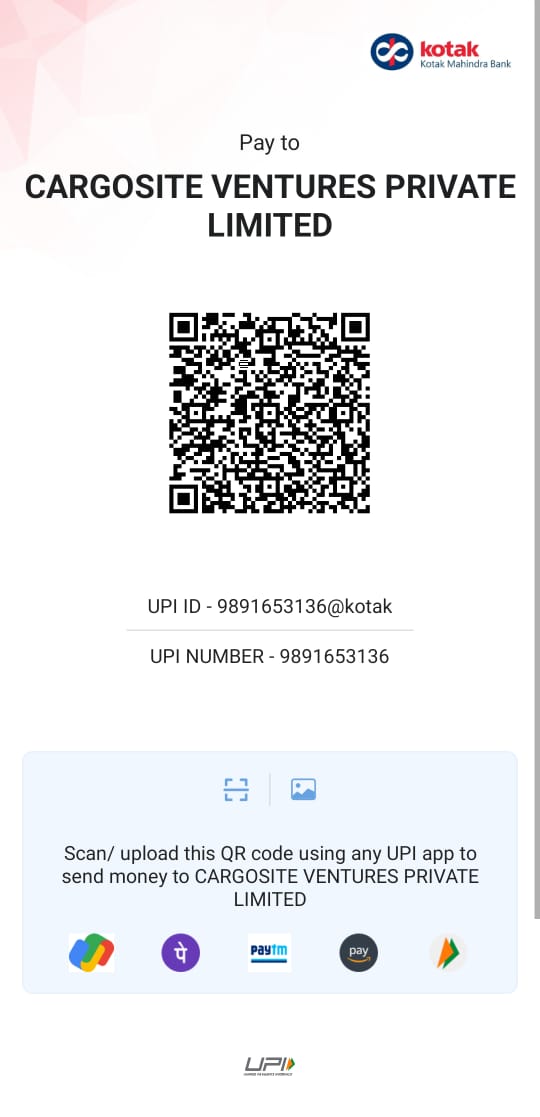Process to Apply for Copyright Registration
Below-mentioned Steps are required for Copyright Registration, which are as follows:-
- Step-1-Creating User ID and Password
Before filing the application form for Copyright registration, the applicant needs to use the User ID and password for login. If the applicant is not registered while applying, then he/she is required to opt for New User Registration.
- Step-2-Filing Application Form
An applicant can apply either manually in the copyright office or through an e-filing facility available on the official website (copyright.gov.in). Here, the applicant can be an author of the work/owner of an exclusive right for the work/an authorized agent.
For Copyright Registration, an independent application must be filed with the registrar along with the particulars of the work.
After login, an applicant needs to click on “Click for online Copyright Registration” and shall fill the online “Copyright Registration Form” along with all the requisite documents. The Registrar will issue a dairy number to the applicant, once the Copyright application is filed.
- Step 3-Examination of Application
Once the application is filed; the very next step is to examine the copyright application. Once the dairy number is issued, a minimum of 30 days waiting period is provided where the copyright examiner can review the application. After examination, the process of Copyright Registration gets divided into two segments:-
1. If Objections are Raised
If the objection is raised by someone against the applicant, the letter is sent to boththe parties, and they are called to be heard by the registrar. If the objection is rejected upon hearing, the applicant can ask for scrutiny and the discrepancy procedure is followed.
2. If No Objections are Raised
If no objections are raised, the examiner consents to review and scrutinize the application to find any disparity. In case no discrepancy arises, and all the essential documents are provided along with the application, the applicant is allowed to proceed further with the next step.
However, in case of inconsistencies are found, a letter of the discrepancy is sent to the applicant. The applicant shall reply on the same and based upon the reply, a hearing is conducted by the registrar. Once the difference is resolved, the applicant is allowed to move ahead to the next step. However, in case the difference is not resolved, the application is rejected, and a rejection letter is sent to the applicant.
- Step 4: - Issuance of Registration Certificate
The last step is the issuance of the copyright registration certificate. In the Registration step, the Registrar might ask for more information and documents. If the registrar is completely satisfied with the application made by the applicant, he will enter the details of the copyright application into the register of copyrights and issue a certificate of registration.
Note-The Copyright registration completes when the applicant is issued the Extracts of the Register of Copyrights (ROC).



